Some cities just make it harder on women who are trying to get by.
The handicaps that women face in trying to make enough money to last a lifetime are bigger than those faced by men.
Despite the fact that women have nearly achieved educational parity with men — in fact, 24/7 Wall Street said that women are more likely to have graduated from both high school and college — they're less well represented in industries that look for college degrees and generally pay more as a result.
|Running far behind
In addition, with women making less than men, saving less for retirement than men and spending more time out of the workplace acting as caregivers — either for kids or parents or some other relative — they're running so far behind that they're a whopping 80 percent more likely to end up in poverty during retirement than their male counterparts.
It gets worse. Depending on where a woman lives, she might face an even bigger obstacle to earning and saving — even to surviving. Some parts of the country are more women-friendly than others, in categories that go far beyond mere money.
But, money playing the vital role it does, women need to know where they might be able to do better, rather than worse, financially — so that they can get through their working years with enough money to pay their way, while still saving enough to cover their expenses in retirement.
|Cities where women struggle the most
24/7 Wall Street sought to cut through the noise and figure out which U.S. cities do best by women, and which do worst. Calculations based on salary differences between the sexes, as well as how highly paid (or the reverse) certain professions are from city to city, and even whether some professions are male- or female-dominated gave it the results: the 10 best-paying, and the 10 worst-paying, cities for women.
Here are the 10 cities women would be well advised to avoid, if they care about their financial well-being, both now and in the future:
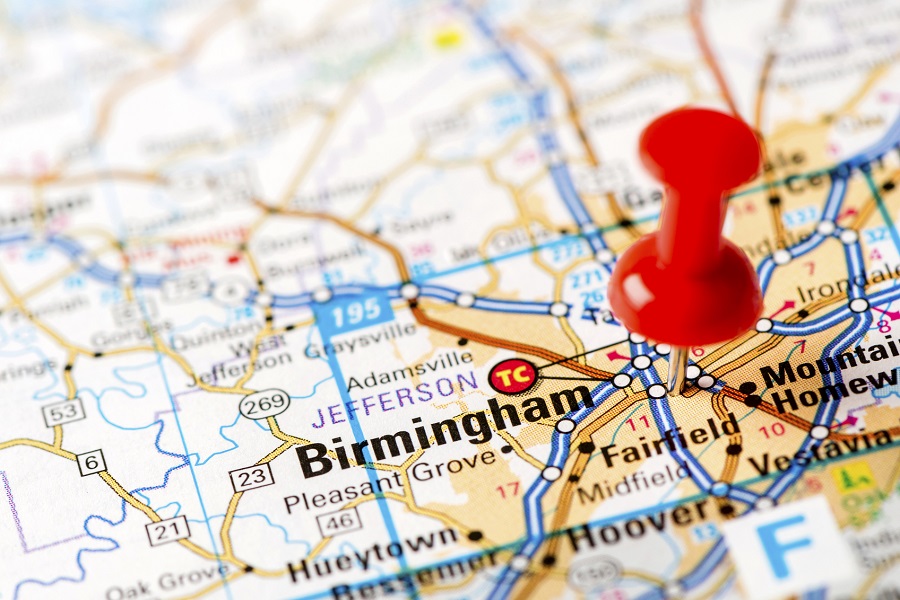
The annual income deficit between men and women is more than $13,000 in the Birmingham area. (Photo: Getty)
|10. Birmingham-Hoover, Alabama
-
Women's pay as a percentage of men's: 73.1 percent
-
Median earnings for men: $49,030
-
Median earnings for women: $35,818
Women don't make out at all well here, with a hefty annual income deficit of more than $13,000 compared to men.
Lower-paid management positions for women, when they're available — which isn't all that often — are a couple of the reasons women lag so far behind men when it comes to salary. Women only make up 37.7 percent of management roles in Birmingham, with a median income of only $56,650 a year for the privilege. Male managers, on the other hand, rake in a median of $75,251 a year.
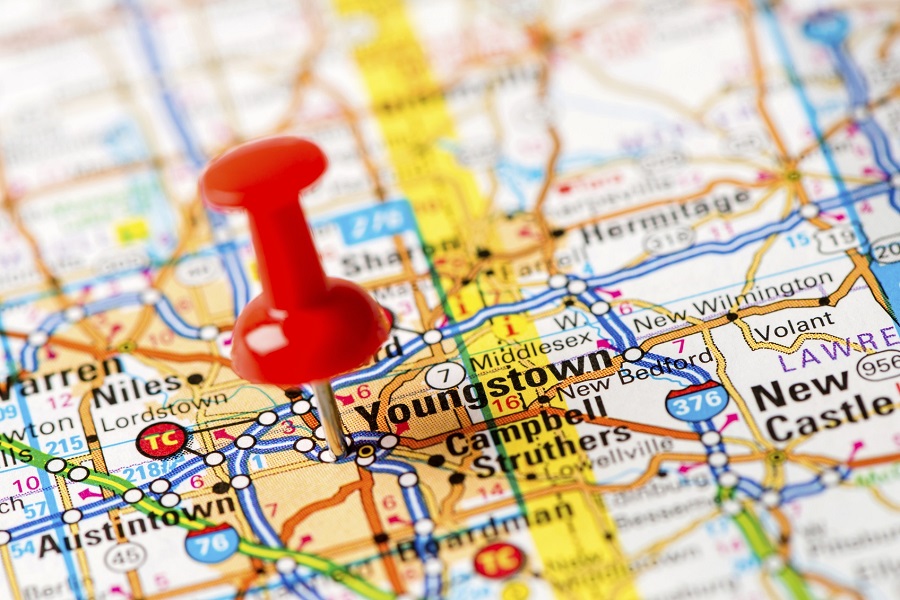
Women in the legal field in the Youngstown area make a median of just $31,700 a year. (Photo: Getty)
|9. Youngstown-Warren-Boardman, Ohio/Pennsylvania
-
Women's pay as a percentage of men's: 72.9 percent
-
Median earnings for men: $44,757
-
Median earnings for women: $32,612
If you want to get closer to parity in the Youngstown area, stay away from the law. Women in the legal field here make a median of just $31,700 a year, compared with men's median income of $105,714. Now that's just not right.
In addition, women are pretty well shut out of other high-paying fields in this metropolitan area, managing to get just 20.8 percent of all computer and mathematical positions and a pitiful 9.3 percent of all architecture and engineering positions, some of the smallest shares in the country.
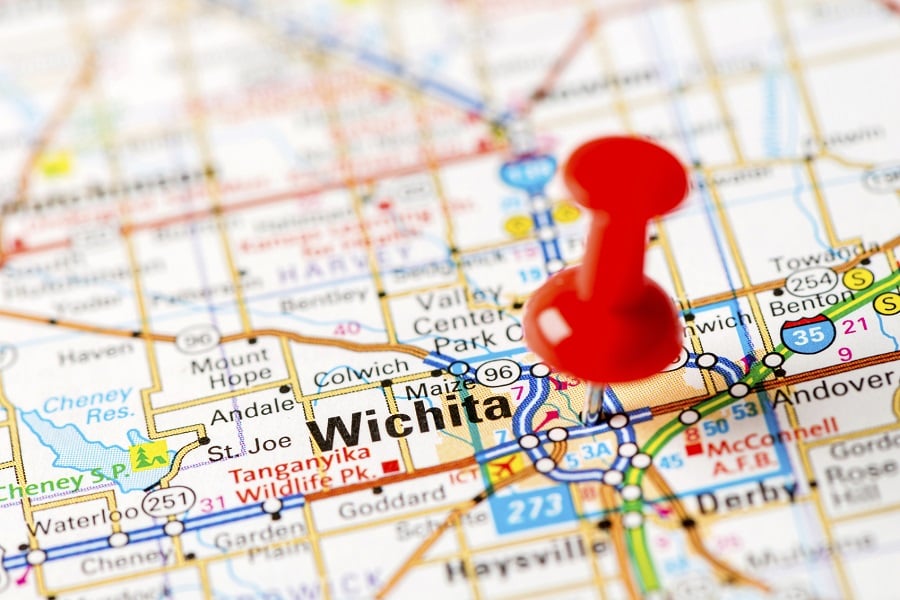
Women in Witchita are at a distinct disadvantage when it comes to pay. (Photo: Getty)
|8. Wichita, Kansas
-
Women's pay as a percentage of men's: 72.9 percent
-
Median earnings for men: $49,179
-
Median earnings for women: $35,831
Well, they did say, “Go west, young man,” not “young woman.” And women in Wichita are operating at a distinct disadvantage when it comes to pay. Although women are more highly educated than their male counterparts in this city, they're “much less likely to have the higher-paying jobs a college education typically affords.”
They only hold 8.2 percent of architecture and engineering jobs in Wichita, 19.2 percent of computer and mathematical occupations and 34.1 percent of management roles, they're paid less than the men — in each field.

The wages for women in this region are as antique as this map of Georgia and South Carolina. (Photo: Getty)
|7. Augusta-Richmond County, Georgia/South Carolina
-
Women's pay as a percentage of men's: 72.6 percent
-
Median earnings for men: $46,410
-
Median earnings for women: $33,713
Despite the fact that mathematical and computer science jobs are among the highest-paid in the country, that's not the case for women here — who earn a whopping $25,000 less than the men in these fields. To add insult to injury, they make $20,000 less than women in those jobs elsewhere in the country — a good motivation to relocate.
If that's not enough of a reason, consider this: women working in business and finance in Augusta earn just 58 percent of what men in the field earn, one of the largest pay gaps for the industry of any metro area. The median earnings for women across all occupations in Augusta-Richmond County is just $33,713 a year, less than the $39,054 median annual earnings for women nationwide.

Only 10.7 percent of architecture and engineering positions in the Akron area are held by women. (Photo: Getty)
|6. Akron, Ohio
-
Women's pay as a percentage of men's: 71.3 percent
-
Median earnings for men: $50,424
-
Median earnings for women: $35,956
Another Ohio city that's just not woman-friendly, Akron has a low number of women in some of its highest-paying industries.
Only 37.3 percent of management positions, 10.7 percent of architecture and engineering positions and 28.7 percent of all life, physical, and social science positions in the metro area are held by women. And each of those are among the smallest shares in the country.
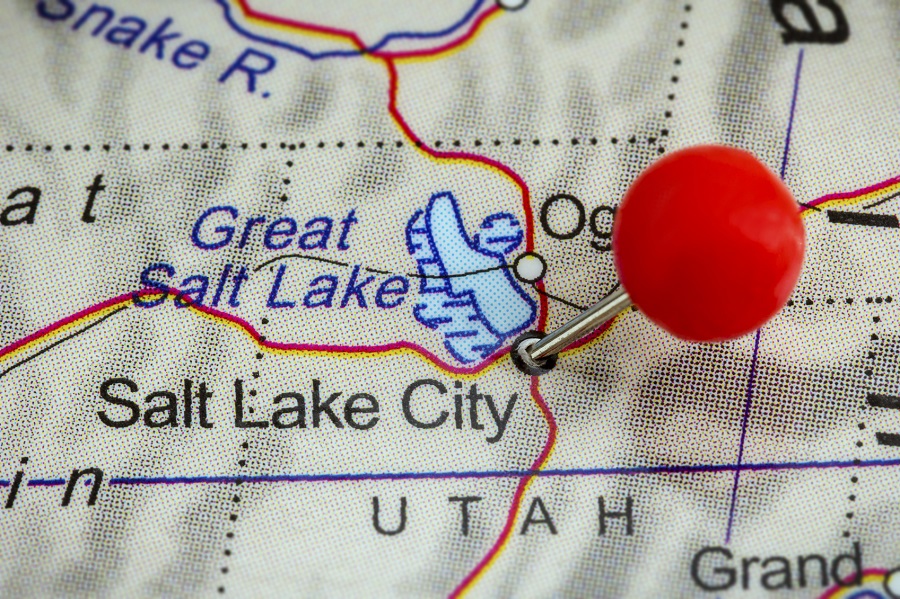
Only 28.7 percent of women in Salt Lake City have a bachelor's degree, while 34.0 percent of men do. (Photo: Getty)
|5. Salt Lake City, Utah
-
Women's pay as a percentage of men's: 70.5 percent
-
Median earnings for men: $50,217
-
Median earnings for women: $35,414
If Ohio isn't particularly woman-friendly, Utah is even less so, with three of its metropolitan areas making the 10-worst-for-women list. And that's not good news. 24/7 Wall Street cited a Voices for Utah Children study from 2015 that found the state's pay gap to be due to a mix of discrimination and differences in qualification between the two sexes.
Only 28.7 percent of women have at least a bachelor's degree in Salt Lake City, while 34.0 percent of adult men do. The only major metro areas with larger gaps in educational achievement are the Utah areas of Ogden-Clearfield and Provo-Orem. Women in SLC typically earn just $35,414 annually, while men cash in on median earnings of $50,217 — one of the largest pay gaps in the country.
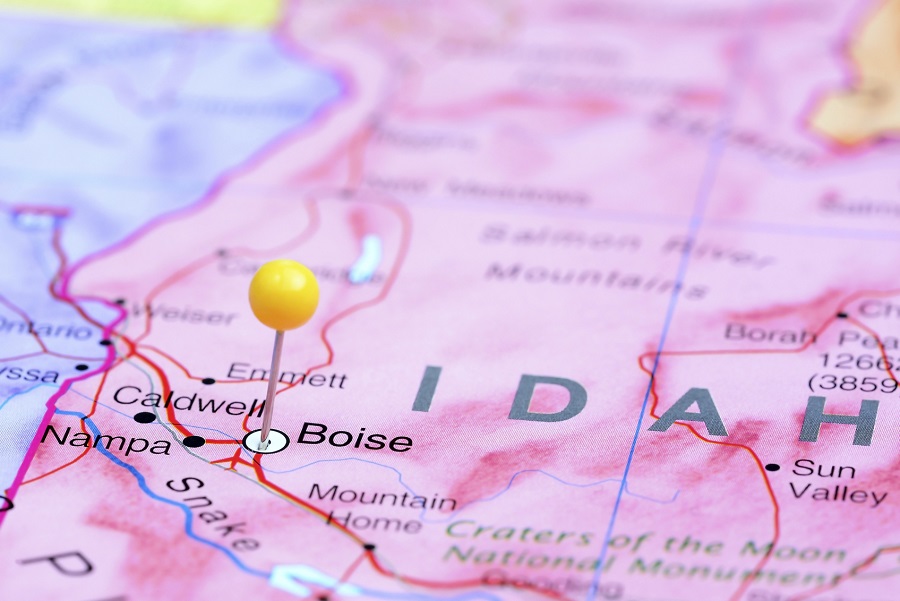
Women are paid 69.7 percent of what men are paid, in Boise. (Photo: Getty)
|4. Boise, Idaho
-
Women's pay as a percentage of men's: 69.7 percent
-
Median earnings for men: $46,046
-
Median earnings for women: $32,110
Women aren't only shut out of high-paying fields, but make up the largest percentage of workers in fields for which wages are depressed — a nasty little Catch-22.
In Boise, for instance, with its 69.7 percent pay gap, women account for at least 65 percent of education and health diagnosing and practitioner roles, but remember that number — because they're paid just 65 percent of what their male counterparts make. The median earnings for female technologists is just $35,933 a year, compared with $61,083 for males.
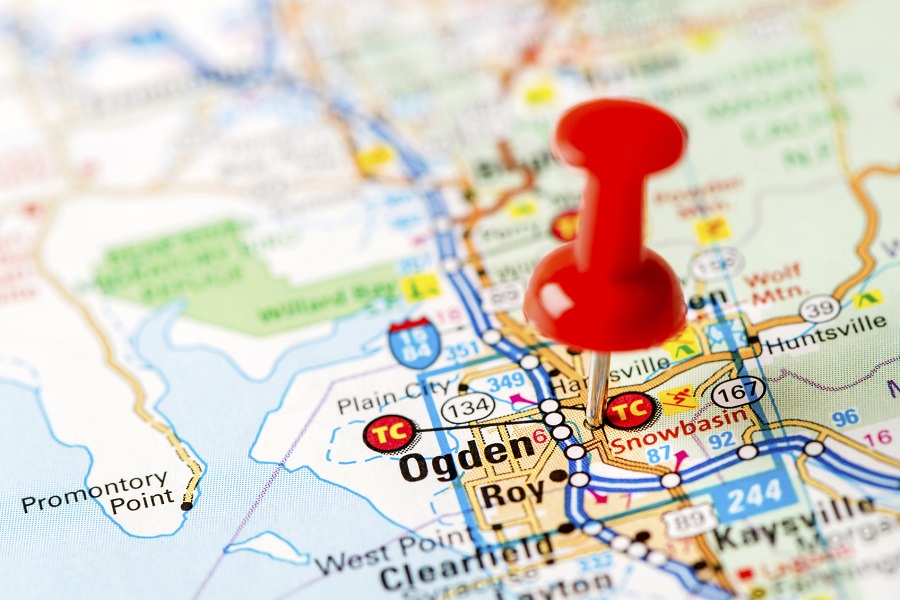
In the Ogden-Clearfield area, women make 67.5 percent of what men make. (Photo: Getty)
|3. Ogden-Clearfield, Utah
-
Women's pay as a percentage of men's: 67.5 percent
-
Median earnings for men: $53,158
-
Median earnings for women: $35,879
Talk about inequality — this is one of the worst examples in the country. Despite the fact that their median earnings are $46,940 annually — more than the national median — residents of Ogden-Clearfield don't have an equal playing field. And by that we mean women.
Construction and extraction jobs employ just 2.8 percent of women nationally, but in Ogden women hold 4.6 percent of that work. But that doesn't mean they make anywhere near what the men in those fields do. Women only earn $18,649 annually, considerably lower than the median earnings for women working in these jobs nationwide and less than 40 percent of what men in similar jobs earn in the area. Nationally, that pay gap is more than 80 percent — quite a difference, and not in a good way.

Women are paid less than 2 dollars for every 3 dollars a man is paid, in Baton Rouge. (Photo: Getty)
|2. Baton Rouge, Louisiana
-
Women's pay as a percentage of men's: 64.9 percent
-
Median earnings for men: $53,155
-
Median earnings for women: $34,522
This is the second-worst city for women in the country, when it comes to the pay gap. It and Provo-Orem, Utah are the only two places in the nation where women are paid less than two dollars for every three dollars a man is paid. And the legal field is the worst.
Women account for 43.5 percent of jobs in the legal industry, and earn only $52,459 annually, which is way lower than the median for men in the legal field. In fact, women's wages are lower than men's almost every area industry, in spite of the fact that area adult women tend to be better educated than the men.
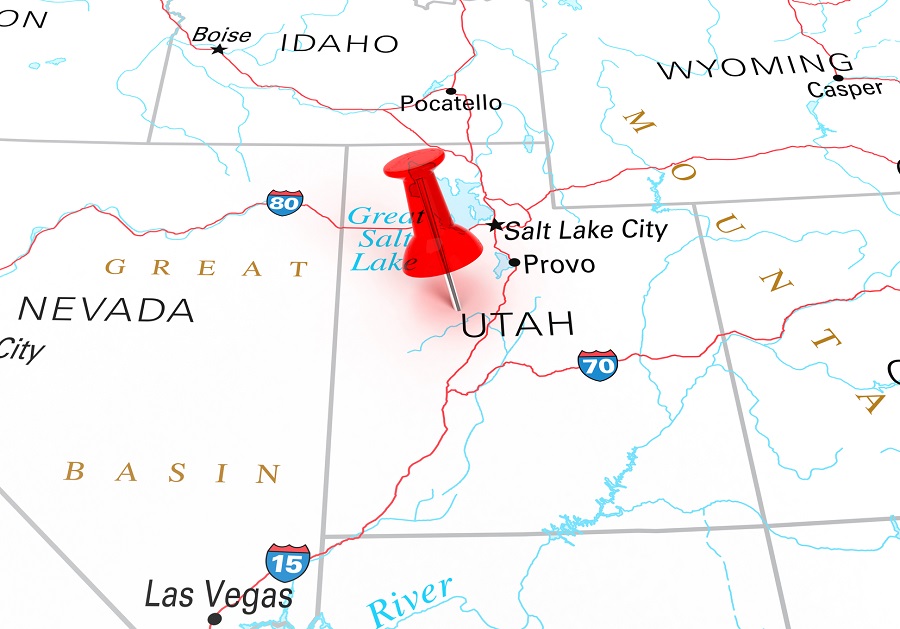
In the Provo area, 33.2 percent of women have at least a bachelor's degree, while 41.0 percent of men do. (Photo: Getty)
|1. Provo-Orem, Utah
-
Women's pay as a percentage of men's: 64.3 percent
-
Median earnings for men: $52,068
-
Median earnings for women: $33,504
It's bad here for women, but it's the worst in the health care field, where women in support occupations make less than half as much as the men. And that's despite adjusting for education.
But women in the Provo-Orem area are less likely to have as much higher education as men, with 41.0 percent of men having at least a bachelor's degree, compared with just 33.2 percent of women.
Want to continue reading?
Become a Free PropertyCasualty360 Digital Reader
Your access to unlimited PropertyCasualty360 content isn’t changing.
Once you are an ALM digital member, you’ll receive:
- Breaking insurance news and analysis, on-site and via our newsletters and custom alerts
- Weekly Insurance Speak podcast featuring exclusive interviews with industry leaders
- Educational webcasts, white papers, and ebooks from industry thought leaders
- Critical converage of the employee benefits and financial advisory markets on our other ALM sites, BenefitsPRO and ThinkAdvisor
Already have an account? Sign In Now
© 2024 ALM Global, LLC, All Rights Reserved. Request academic re-use from www.copyright.com. All other uses, submit a request to [email protected]. For more information visit Asset & Logo Licensing.








